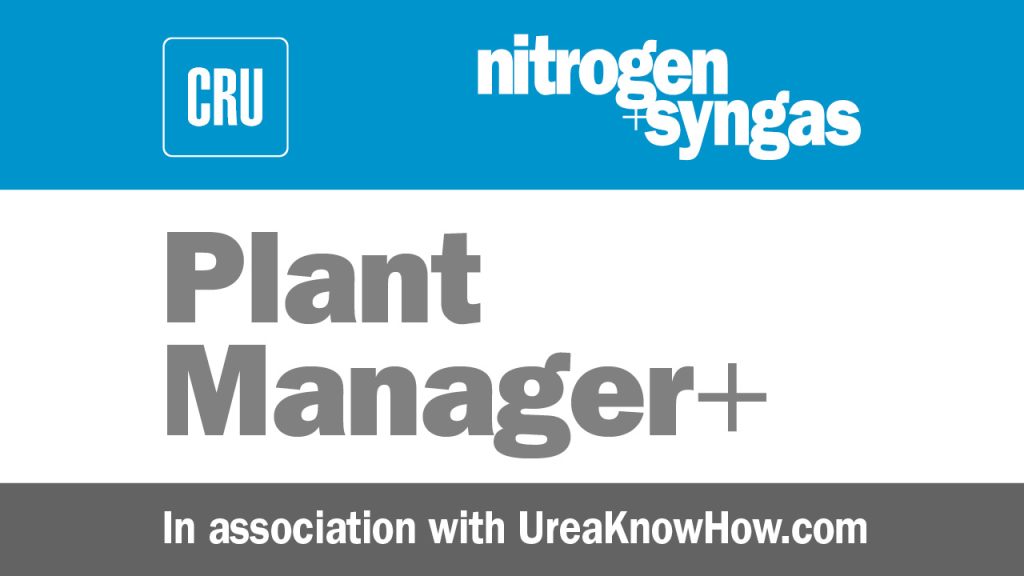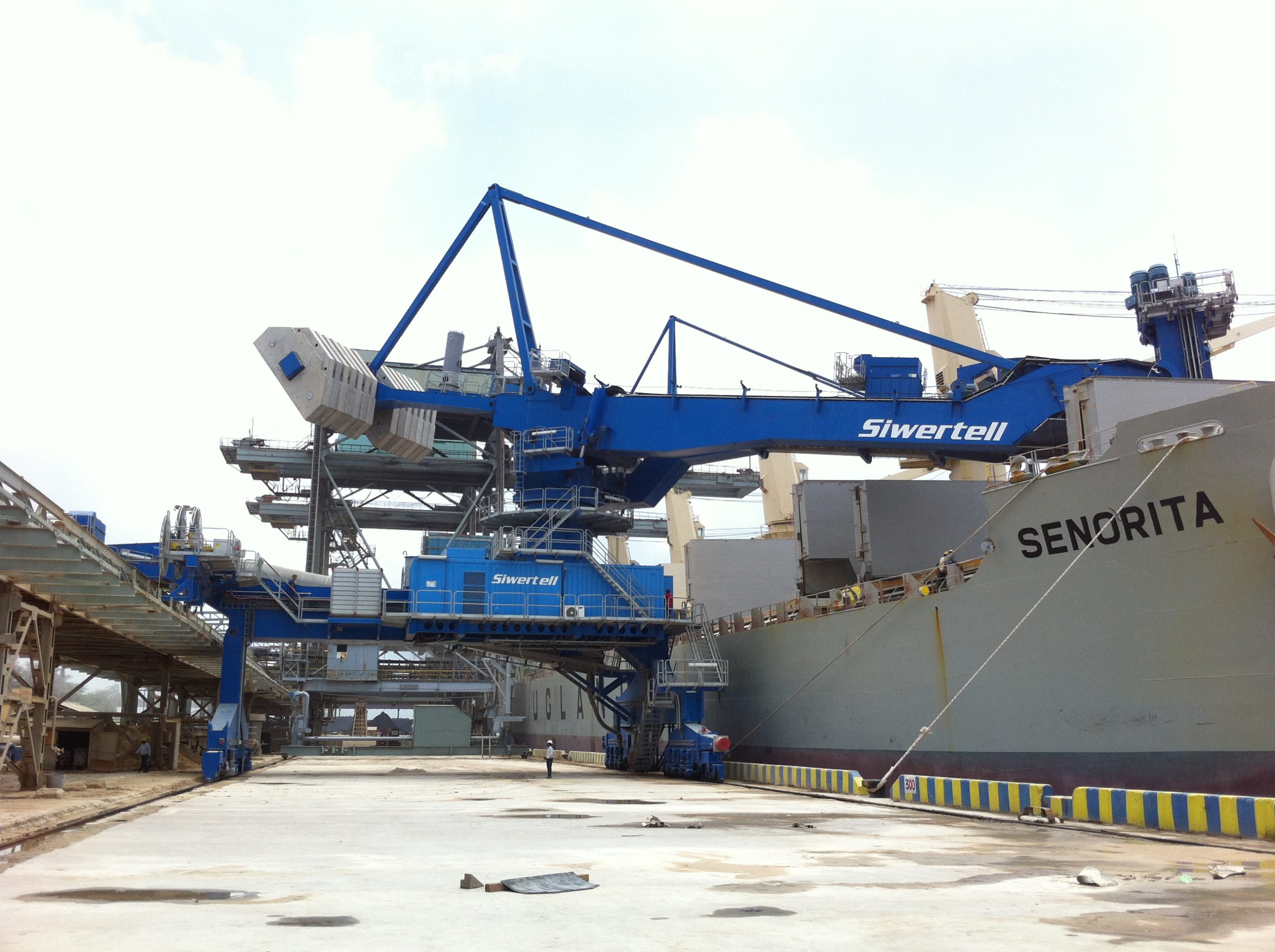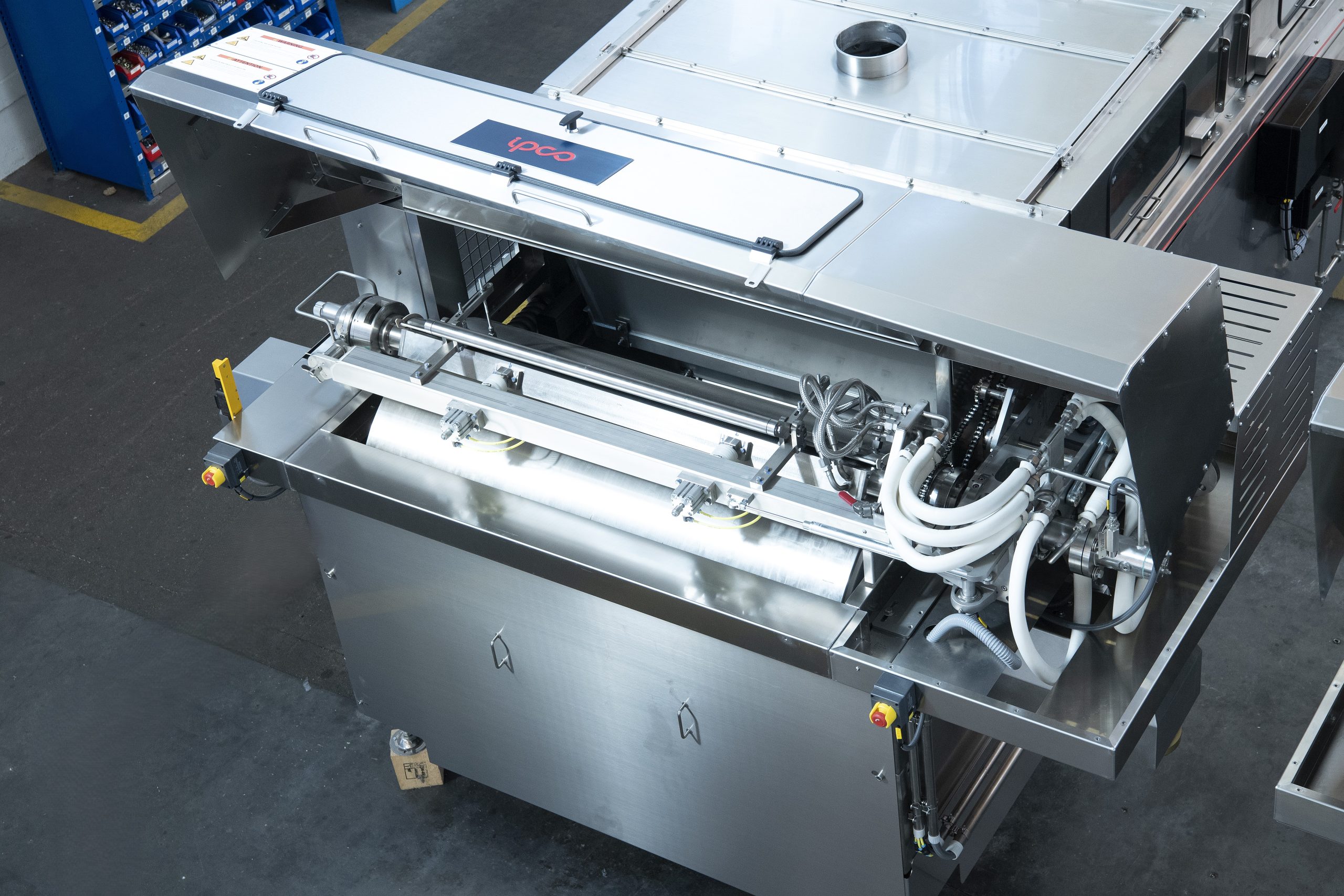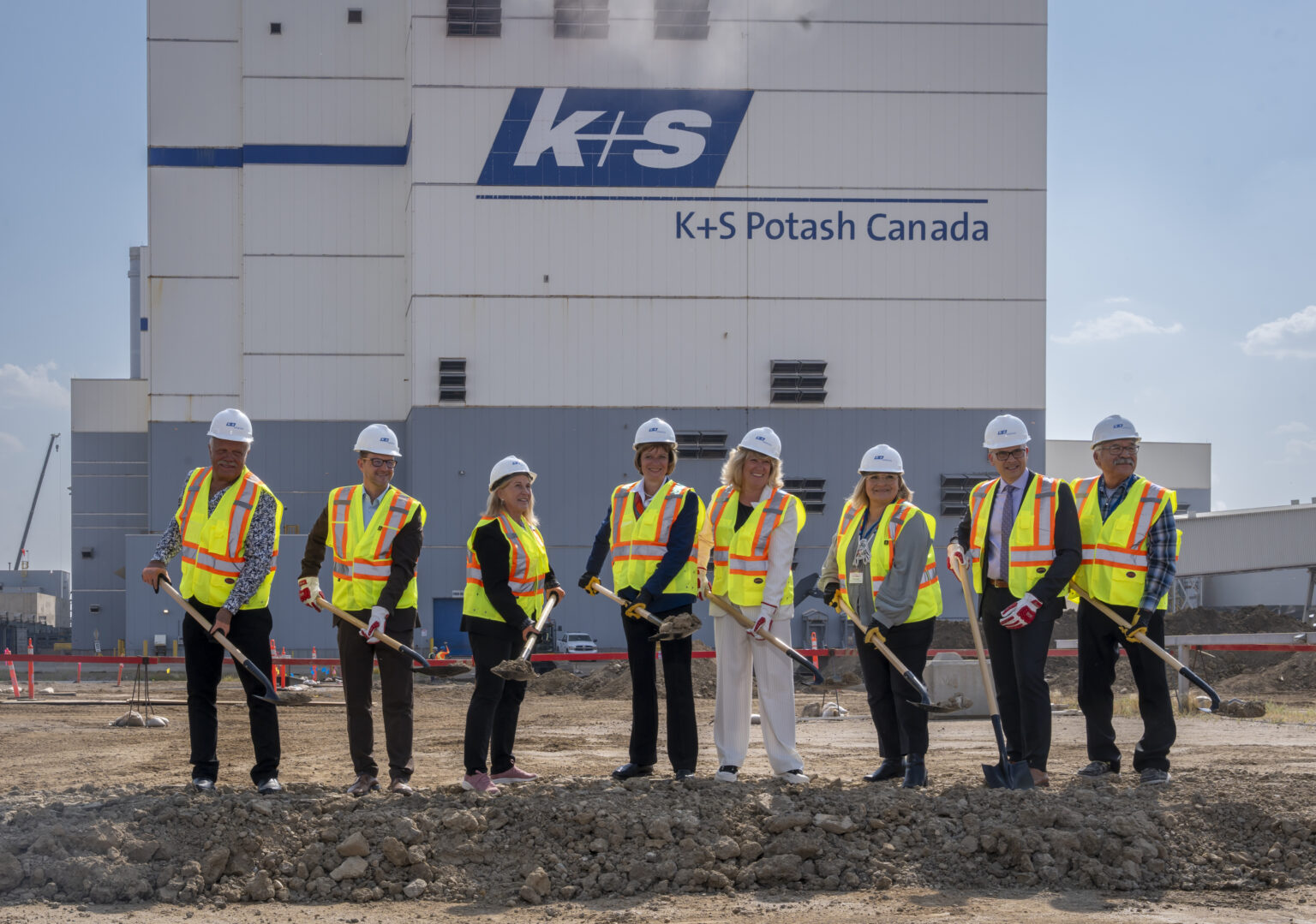Nitrogen+Syngas 332 Nov-Dec 2014

31 December 2014
Problem No. 27: How do you clean the scraper in a prilling tower?
A scraper rotates above the floor of the prilling tower and moves the prills from the bottom of the prilling tower to the conveyor belt. At higher plant loads and/or under summer conditions the prills are not completely solidified and are still soft when reaching the bottom of the prilling tower. These soft prills clog up the scraper forming a hard layer of solid urea. This kind of fouling can also build up on the walls and ceiling of the prilling tower and at regular intervals cleaning becomes necessary. But how can this be done safely? This Round Table discussion starts with a description of a related safety incident as reported in UreaKnowHow.com’s urea incident database.

Mr Mark Brouwer of UreaKnowHow.com in the Netherlands starts the Round Table discussion: The incident: During 2010 overhaul activity employees were in a prilling tower for cleaning to remove lumps on the scraper’s arms. A steel structure with a wooden platform on top was used for safety of the employees. A big lump fell down onto the steel structure breaking the wooden platform. The shoulder of one employee was crushed without major injuries.

Mr Muhammad Umar of FFC in Pakistan shares his experiences: Yes, it’s true one should never enter the tower even with protection without washing prilling tower top beams.
Mr Jawad Aslam of FFC in Pakistan adds: Falling lumps during cone cleaning is quite a frequent occurrence and it is not always possible to do beam washing together with the scraper cone cleaning. Has anyone used a protection system to protect employees from falling lumps?
Mr SK Gupta of IFFCO in India joins the discussion: Thanks for initiating an important topic having serious safety concerns. Urea deposition on the scraper arm, hard cake formation on the scraper floor, urea lump disposition on the bucket floor bottom ceiling and on top louvers are a common phenomenon in almost all prilling towers. Periodically we have to remove these deposits for better prill quality. One can only minimise the depositions and reduce the frequency of cleaning, but one cannot get rid off it permanently. In our case deposits are cleaned manually (without using water) by taking back end shut down. Due to the limitation of the urea solution tank capacity we have to finish the cleaning operation within max 4 to 5 hours. Also due to time constraints, only the top louvers or the scraper floor is cleaned at any one time. While cleaning the scraper arm/floor our staff use crash helmets for safety to protect them from falling lumps from the louvers/bucket room bottom ceilings. We know that a crash helmet does not fully protect a person from large falling lumps from a height of 70 to 80 meters. We have faced several near misses during this activity. In industry there are examples of unreported fatal injuries during this operation. We tried using a movable steel canopy but it did not prove to be at all practical. During back end shut down for cleaning operations inside the tower temperature changes which initiates the dislodging of urea lumps from louvers/ceilings etc.
Mark adds pictures of a successful solution of this safety problem developed by an anonymous urea producer: Here are some pictures of a solution to minimise the risks associated with the cleaning of the scraper (June 2014).


Muhammad replies: This topic really is a serious safety concern and we are also facing problems of lump formation on top beams and one side of the tower wall. As mentioned by others, it is not possible to carry out wall and beam washing every time you plan for cone cleaning so we take the following precautions:
- Be aware of which side of the tower lumps are present and avoid working direct under that side.
- We have made a movable steel structure under which the worker carries out cleaning. We place the structure inside the tower cone and then the worker can move it as required.
- Any worker going inside the tower should have a full body harness along with rope and a standby man to rescue them in the case of any mishap.
Mr Prabhat Srivastava of TATA Chemicals Limited in India contributes to the discussion with his experiences: Certainly scraper floor cleaning is one of the toughest activities in the urea plant, which is a big safety concern. I agree with Mr Gupta that due to the limitation of the urea solution tank this activity needs to be completed in 4-5 hours max.
We have a conical scraper floor and we have also faced a lot of challenges. We are now using water to clean the scraper. Since we have a conical scraper floor cleaning is easier and by the end of cleaning not a single drop of water is left on floor, but the effectiveness for a flat scraper needs to be checked.
One safety measure I can suggest is that when we allow a man inside to clean the scraper arms we use a “rugby dress” which has a helmet, shoulder guard, back guard, leg guard and hand gloves. This is much easier than having a movable cage inside.
Mr Sadanand IM of Mangalore Chemicals & Fertilizers in India introduces another solution: After installation of PP sheets on the scraper arms our build up is negligible.
Mr Pradeep Pednekar of RCF Ltd Thal in India joins the discussion: We are operating a Saipem urea process with 2,300 t/d load after capacity enhancement from 1,725 t/d design plant load. We wash the scraper floor once every three months. The temperature of the prills is 60°C. The prilling tower height is 90 m with free falling height of 65 m and a bucket rpm of 380-400 rpm. Ambient air temperature is max. 40°C. There is a weekly routine schedule for changeover of bucket and crown washing (fortnight) in spite of good prill quality to avoid overflow of bucket and to obtain quality product. The time required for scraper floor cleaning is 5 hours from prilling to prilling. Mr Prem Baboo of National Fertilizer Limited in India also shares his experiences: Urea deposition on the scraper arms due to an overflowing prilling bucket can be avoided by increasing the rpm of the prilling bucket. If the overflow is not stopped by increasing the rpm then the bucket must be changed. During scraper cleaning waste oil is applied to the scraper arms after removal of the urea deposition to make subsequent cleaning/descaling of the arms easier. The temperature of the urea melt should be 136-137°C.






